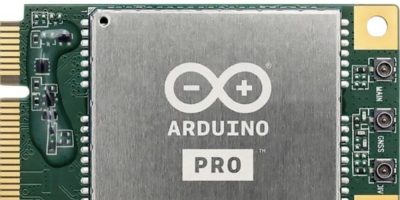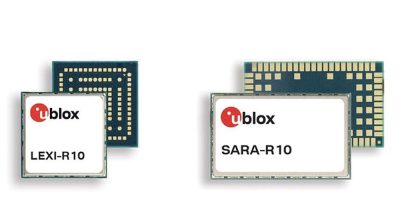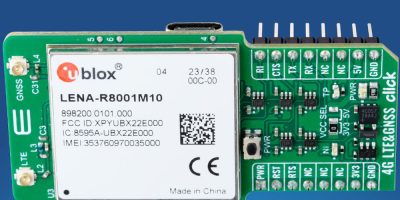Mouser Electronics, is now stocking the Pro 4G module from Arduino. Powered by a Quectel LTE Cat 4 modem, the Pro 4G module’s fast data throughput and high bandwidths ensure reliable and quick data download and upload, even in remote locations. The Pro 4G Module expands the connectivity capabilities of Portenta boards for use in smart city infrastructure, industrial automation, fleet management systems, remote maintenance, and other applications.
The Arduino Pro 4G module, now available at Mouser, guarantees reliable 4G connectivity and backward compatibility with existing 2G and 3G networks. The Arduino Pro 4G module connects devices through Arduino Cloud, simplifying error analysis, firmware updates, and remote maintenance. For larger projects such as smart buildings, the modules can be used to remotely monitor temperature, moisture, and deformity levels, accelerating response times when safety is at risk. The Pro 4G module is also an effective connectivity solution in challenging environments, providing long-range coverage and secure data transfer both indoors and outdoors.
Developed in the widely accepted Mini PCIe form factor, the Pro 4G module is compatible with a range of devices for applications, including pipeline monitoring, smart parking, and waste management.






